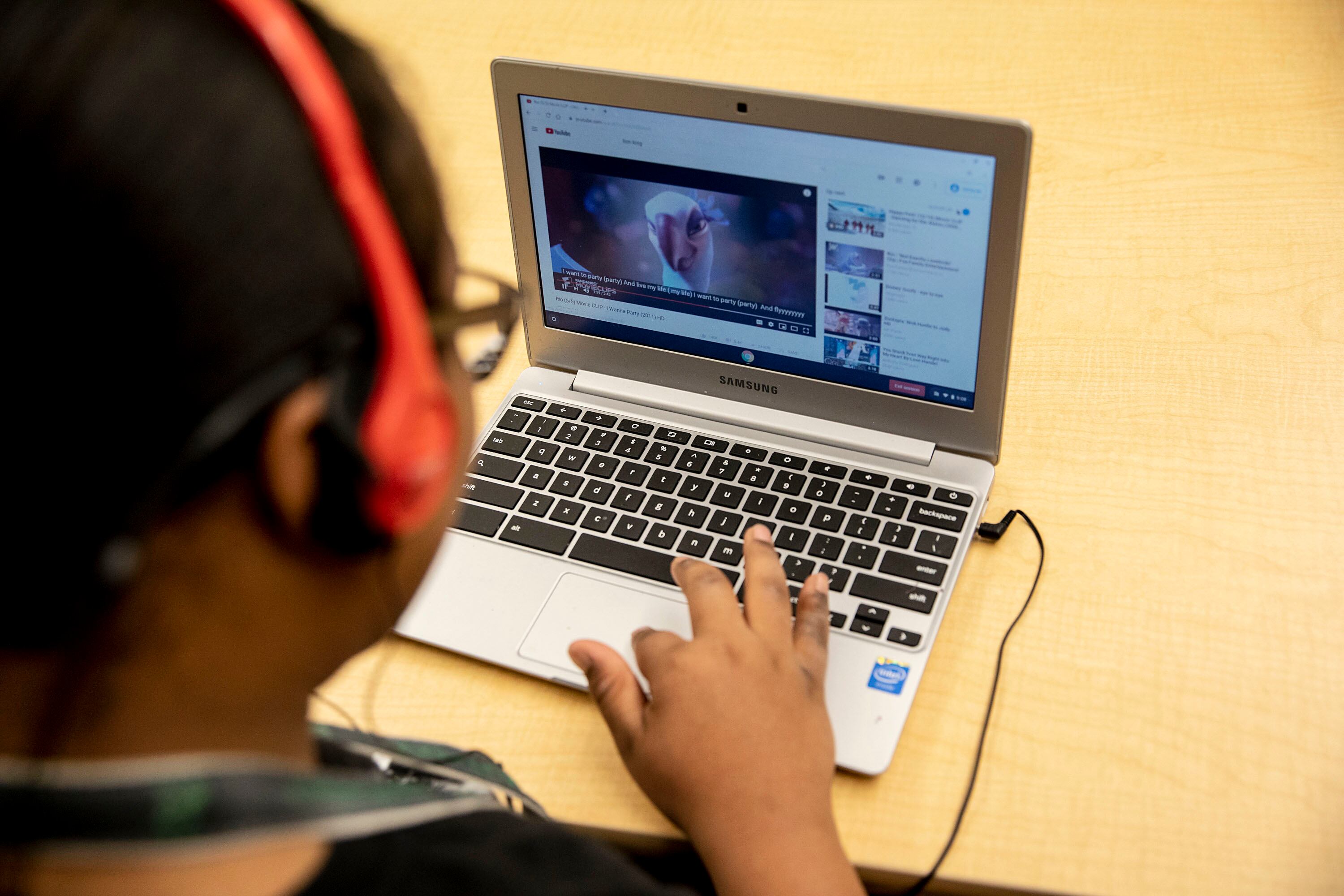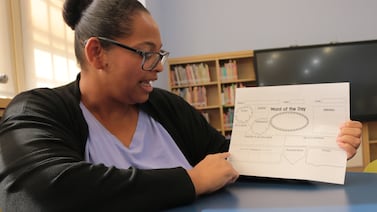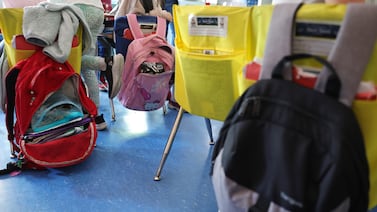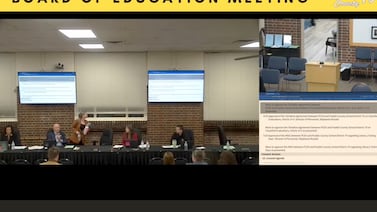After forbidding schools from using the teleconferencing platform Zoom for remote instruction, New York City is reversing course, officials said Wednesday.
The company has agreed to create a customized version of the platform specifically for the city’s education department and made a series of other tweaks to satisfy broader concerns about privacy and security.
“The security of our students and staff is paramount, and we’ve worked with Zoom to create a tailored platform that provides the safety and functionality schools need to engage in remote learning,” schools Chancellor Richard Carranza said in a statement.
“I’m happy that Zoom has addressed vulnerabilities over the last few weeks and effective immediately, our community can safely use the Department of Education licensed Zoom account for remote learning.”
The news will likely come as a relief to many educators who had expressed frustration when the education department abruptly banned Zoom on April 3 — just as they were getting more comfortable with teaching online.
Some schools continued using Zoom despite the education department’s ban, hoping officials would eventually allow it again. Other schools abruptly stopped using the platform, disrupting remote instruction.
Education department officials said they became more comfortable with Zoom after the company beefed up its security and privacy features over the past month, including better data encryption, allowing more control over who can enter meetings, and hosting data domestically instead of overseas.
In addition, Zoom agreed to create a customized platform that looks the same as the standard version, but includes additional features specifically for the city’s education department. Educators and students will be required to use the department’s own Zoom account and to log in with education department usernames and passwords.
The city’s Zoom platform will ensure that students are accessing a version that is compliant with state and federal privacy laws, officials said. The education department’s version will only allow meeting hosts to share their screens, bar students from inviting others to the meeting, and will not allow anyone to re-join a meeting if they’re kicked out.
Zoom’s contract with the education department with Zoom is for one year; officials did not immediately reveal its cost.
Schools transitioned to remote learning on March 23 in response to the coronavirus — forcing more than 1 million students to learn from home, and many teachers began using Zoom for classroom meetings because it’s one of the easiest platforms to use.
But it was sometimes too easy, and concerns emerged that individuals outside of a classroom would be able to join a meeting. In some cases, students had taken to “Zoombombing” online classes, essentially logging into online classes uninvited and hijacking everyone’s screens with inappropriate images or audio.
That’s what happened to Ali Boivab’s chorus class at Townsend Harris. The junior from Jamaica, Queens, said his teacher suddenly lost her privileges as a host, and someone began broadcasting loud noises and vulgar content on the screen. His classmates all fled the meeting.
Not too long after, the school banned Zoom and, after about a two-week lull in live instruction, moved to Google Meet. Ali said he and his teachers are far more comfortable using that platform, which integrates well into other Google products they were already using.
“I do feel a lot more secure going onto the call,” he said. “I think everyone is pretty settled in Google meet because Zoom was, from the beginning, a very foreign platform.”
Schools are allowed to continue Google Meet or Microsoft Teams — the two other platforms that have been cleared for remote learning — if educators prefer them, officials said.
Switching platforms also proved problematic for the Panel for Educational Policy, the appointed board that votes on contracts and major policy changes, which held its first virtual public meeting via Zoom in March. Following the Zoom ban, the group used Adobe Connect for its meeting last week, but problems with audio and connection were so severe, members voted after an hour to postpone its meeting until this week.
Melissa Dincher, co-president of the PTA at P.S. 8 in Brooklyn Heights, thought Zoom made it easier to host many students at once, like for grade-wide meetings. She thought Google Meet’s prominent chat feature was distracting to students. During an art class Wednesday, the teacher tried to show students a sketch, but the chat just filled up with students who said they couldn’t see it, Dincher recounted.
“It would have been much quicker for her to just do a screenshare in Zoom. And it felt like a waste of time,” Dincher said.
The education department’s legal and technology divisions initially made the decision to ban Zoom based on guidance from the city’s unit on cyber security, officials said. The FBI and several elected officials called for investigations into the platform. Other school districts, including Newark’s, also banned the platform for remote learning.
Department officials previously said they may ultimately approve Zoom in the future.
Carranza had not given a specific timeline for schools to stop using Zoom and acknowledged the transition could not happen immediately. “We want people to gradually transition to another format,” he said last month. “We’re going to do this in a thoughtful manner.”
New York Attorney General Letitia James raised concerns in March about Zoom, including whether third parties could secretly access users’ webcams, reports that the company shares data with Facebook, and whether the company was following state requirements about safeguarding student data.







